Making Playdough: Mix, Measure, Describe
Program Transcript
Igtanloc (Interview): I'm Lanie and I work in family youth and childcare here in Tenderloin in San Francisco. The majority of our children are ninety percent hispanic, two percent are black, and then the rest are Asian. Today's lesson is making play dough. The goals for the children is to learn measurement for math, also dual language development for the children since we're using English and Spanish.
Igtanloc: We need two cups of flower. Arena.
Igtanloc (Interview): So you need flower, salt, oil, and food coloring.
Igtanloc: After that we need two cups of water. One, two. Show me your two fingers. Two cups of water. Okay. So now I'm going to measure. Isn't one cup like this?
Students: No.
Igtanloc: How did you know it's not enough for one cup?
Student: 'Cause it's not up here.
Igtanloc: It's up to there. Thank you, Noah. Good observation. So I'm gonna put I think some more. Is this enough already for one cup?
Students: Yeah.
Igtanloc: Okay. I'm gonna ask Noah to pour it in there.
Igtanloc (Interview): My goal for letting the children pour by themselves is to see the connection of eye hand coordination, fine motor skills, and also engaging them to the activity.
Igtanloc: And then our last ingredient, food coloring. What color is this?
Stuednt: Amarillo.
Igtanloc: Amarillo in Spanish, yellow in English.
Student: Like the sun.
Igtanloc: Like the sun. SO what do you observe now? What do you see?
Student: It's white.
Igtanloc: It's white. So what about if we put all the colors? How many drops do we think?
Student: Four.
Igtanloc: Four? Okay I'm give to Shimara. So four drops please. Okay. Gently, please.
All: Uno, dos, tres, quatro.
Igtanloc: And then Kaylee's turn.
All: One, two three, four.
Igtanloc: What do you see now?
Students: It turned green!
Igtanloc: Yes. So it's time for us to…
Student: Mix it!
Igtanloc: Mix it. So everybody's gonna mix.
Student: We need more color-flower.
Igtanloc: We need more flower. Arena. How many, one cup or two cups?
Student: Two cups.
Igtanloc: Two cups. So where's the one cup right here? Is it here?
Student: No.
Igtanloc: Where is it?
Student: Up there.
Igtanloc: So is this enough? One cup is enough? Okay. So Noah, I need you to pour it over there. And what do you observe when Noah start pouring the flower?
Student: It's softer more.
Igtanloc (Interview): When I asked them about the texture, they told me, oh, it's still sticky. It's still sticky, and then some of the kids asked me if I could put some more salt, and I put a little bit and they told me, it's a little bit softer.
Igtanloc: I want everybody to squeeze it and feel the texture.
Student: It's softer.
Igtanloc: It's softer. After we wash our hands, what do we do with our play dough?
Students: We play with it!
Igtanloc: We play with it.
Student: Make something.
Igtanloc: Whats something? Can you tell me what's something?
Student: Like a doggy!
Igtanloc: Like a doggy.
Student: Or you could…make a pizza.
Igtanloc: Make pizza…
Igtanloc (Interview): After we made the play dough, we put it on the table and then from there, we put some tools in there, like letters, shapes, so that they could use their creativity to do whatever they want.
Igtanloc: What about Brenda? What are you making?
Student: I'm making spaghetti.
Igtanloc: You're making spaghetti. Oh, I love spaghetti. Who likes spaghetti?
Student: I do.
Igtanloc: What do you put in your spaghetti Noah?
Student: My daddy always puts onions and I don't like onions.
Igtanloc: Oh, your daddy likes to put onions and you don't like onions? I like onions.
Igtanloc (Interview): I ask open-ended question with the children to know more about their language development and to expand more vocabulary.
Student: It's still crunchy.
Igtanloc: It's crunchy. And my play dough is soft.
Student: Lanie, my train track is soft.
Igtanloc: Yeah, your train track is soft. What about Elizabeth?
Student: Soft.
Igtanloc: Oh, your soft. What about [student]?
Student: Crunchy.
Igtanloc (Interview): My goal is to guide language development so that children could express themselves.
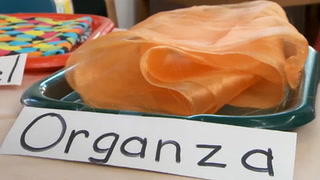
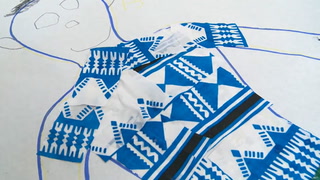
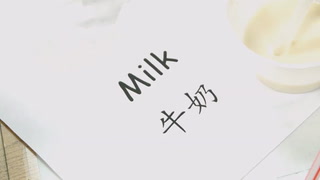

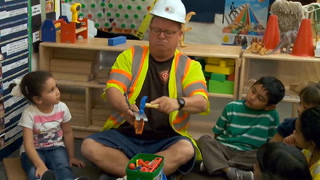

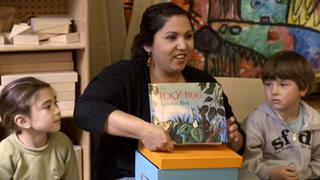

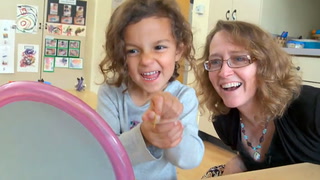
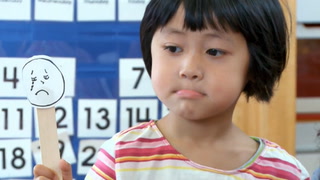








5 Comments
Benjamin Starr Apr 6, 2021 6:58pm
I really enjoy this concept of teaching the kids. Thanks for your video.
yolanda thompson Aug 30, 2016 4:34pm
Catherine Ramirez Feb 9, 2015 12:14pm
Gladys Amaya Aug 11, 2014 10:49am
Ana Babic May 28, 2014 8:49pm